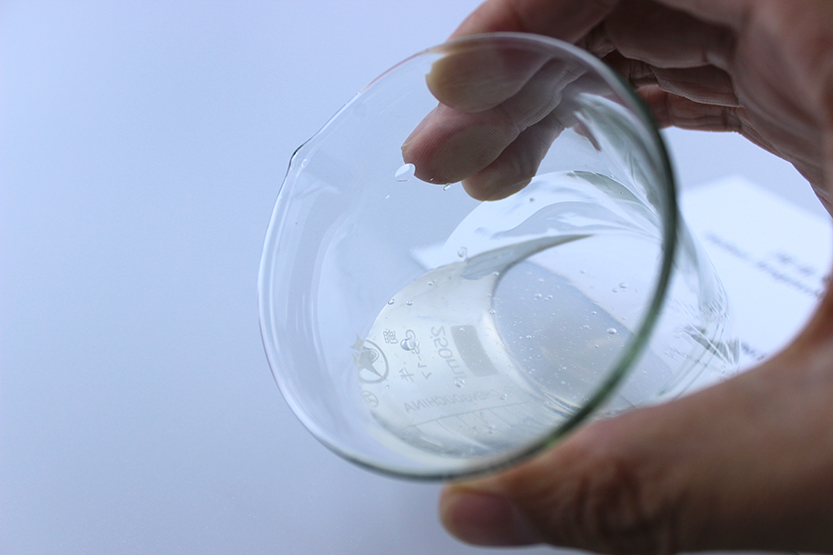
Aug . 06, 2024 10:55 Back to list
Exploring the Benefits and Applications of HPMC in Enhancing Putty Powder Performance
HPMC for Putty Powder A Key Component in Construction Materials
Hydroxypropyl Methylcellulose (HPMC) is a widely used chemical compound valued in various industries, particularly in construction materials. One of its most significant applications is in putty powder, which is essential for wall finishing in construction and renovation projects. This article will delve into the properties, benefits, and applications of HPMC in putty powder, demonstrating why it is a crucial ingredient in modern construction practices.
What is HPMC?
HPMC is a semi-synthetic polymer derived from cellulose, a natural polymer obtained from wood and plant fibers. Through a chemical process, cellulose is modified to enhance its properties. HPMC is white to off-white in color and is soluble in cold water, forming a viscous solution. It possesses excellent film-forming, emulsifying, and thickening properties, making it versatile for various applications.
Importance of HPMC in Putty Powder
Putty powder is a crucial material in the construction industry, primarily used for filling, smoothing, and finishing surfaces before painting or wallpapering. The quality of putty affects the final outcome of any project, making the use of high-quality ingredients imperative. HPMC serves as an essential component in putty powder for several reasons
1. Enhanced Workability HPMC improves the workability of putty, allowing for smoother application. It provides a creamy consistency that makes it easier for contractors and DIY users to apply the putty to walls and ceilings without difficulties.
hpmc for putty powder

2. Water Retention One of the standout features of HPMC is its superior water retention capability. In putty applications, this property prevents the mixture from drying out too quickly, thereby allowing for better leveling and adhesion to the substrate. This characteristic is particularly advantageous in hot or dry conditions, where traditional putty might dry too fast, leading to cracks and poor adhesion.
3. Improved Adhesion HPMC acts as a binding agent in putty powder, enhancing its ability to adhere to various surfaces, including plaster, drywall, and concrete. Improved adhesion means that the putty will stay in place longer, reducing the need for reapplication and maintenance.
4. Fungal and Bacterial Resistance HPMC exhibits natural resistance to microbial growth, which is crucial for indoor applications where mold and mildew can pose health risks. Including HPMC in putty powder helps ensure longevity and safety in finished surfaces.
5. Versatility HPMC is compatible with various additives and fillers used in putty formulations, providing formulators with the flexibility to create customized products that meet specific performance criteria and regulatory standards.
Applications and Market Trends
As urbanization and construction activities continue to expand, the demand for quality putty products rises. The incorporation of HPMC in putty powder formulations is aligning with market trends favoring high-performance, environmentally friendly building materials. Manufacturers are increasingly focusing on eco-friendly formulations, and HPMC, being a cellulose derivative, aligns well with this approach.
In summary, HPMC is a vital contributor to the functionality and performance of putty powder in the construction industry. Its attributes enhance the workability, adhesion, and durability of putty, making it an indispensable ingredient for achieving high-quality finishes in construction projects. As the demand for efficient and effective building materials continues to grow, HPMC's role in putty powder will likely expand, further solidifying its place in modern construction practices.
-
Versatile Hpmc Uses in Different Industries
NewsJun.19,2025
-
Redispersible Powder's Role in Enhancing Durability of Construction Products
NewsJun.19,2025
-
Hydroxyethyl Cellulose Applications Driving Green Industrial Processes
NewsJun.19,2025
-
Exploring Different Redispersible Polymer Powder
NewsJun.19,2025
-
Choosing the Right Mortar Bonding Agent
NewsJun.19,2025
-
Applications and Significance of China Hpmc in Modern Industries
NewsJun.19,2025







